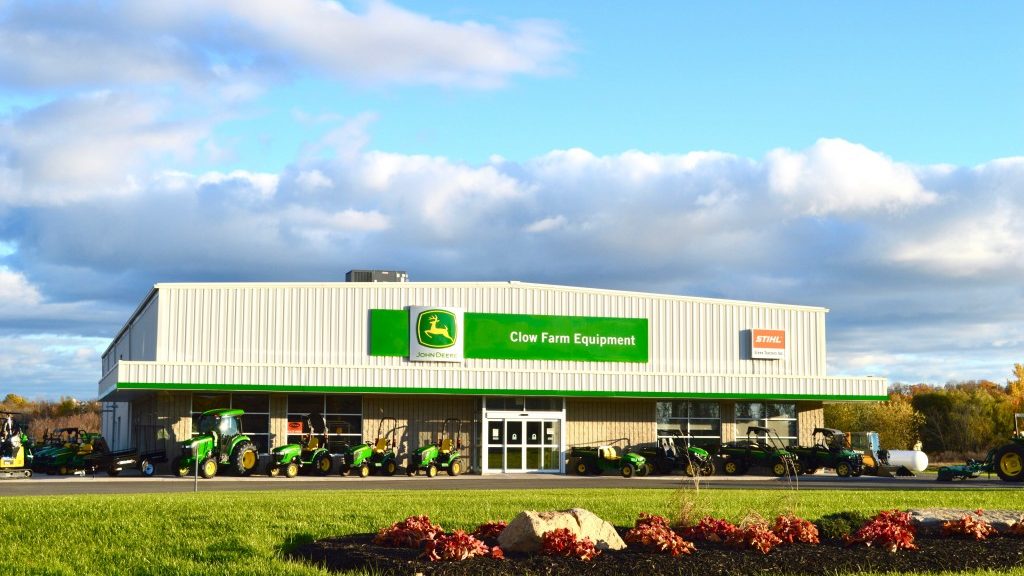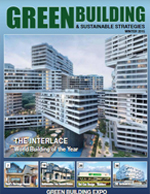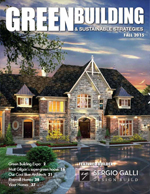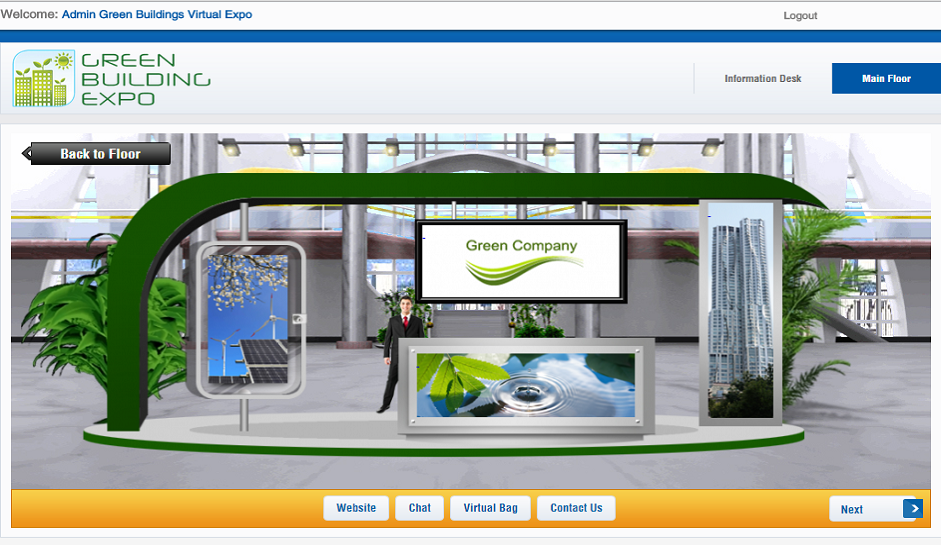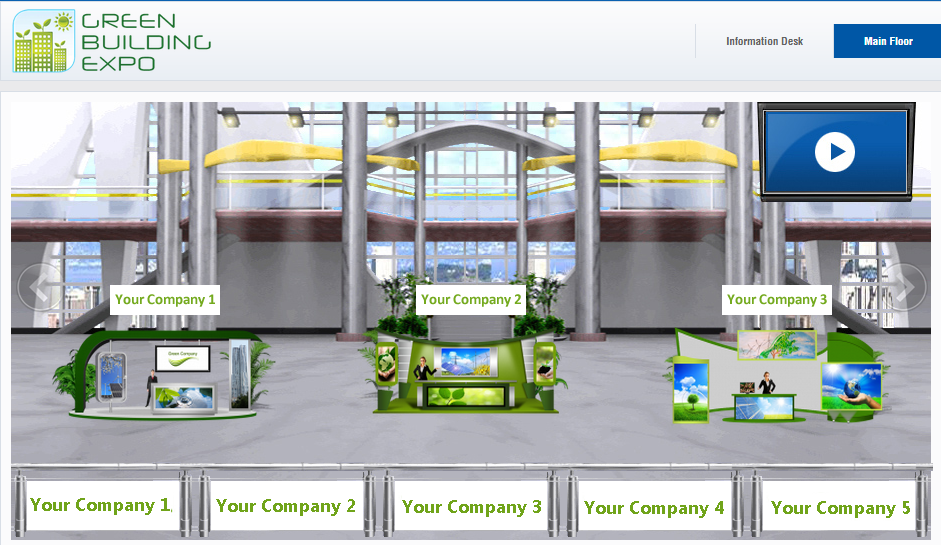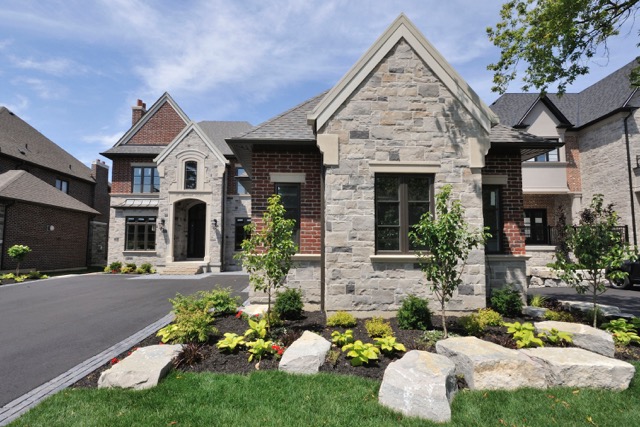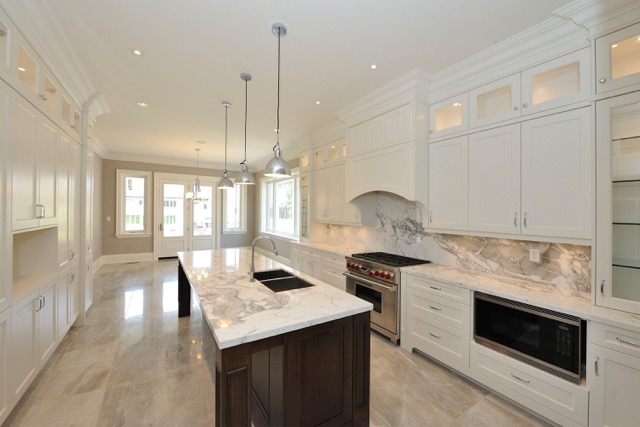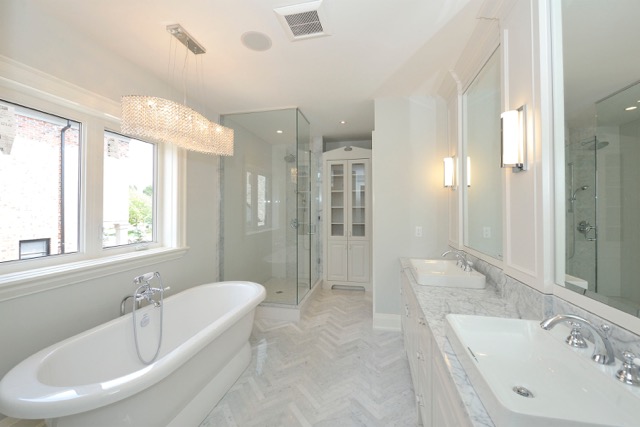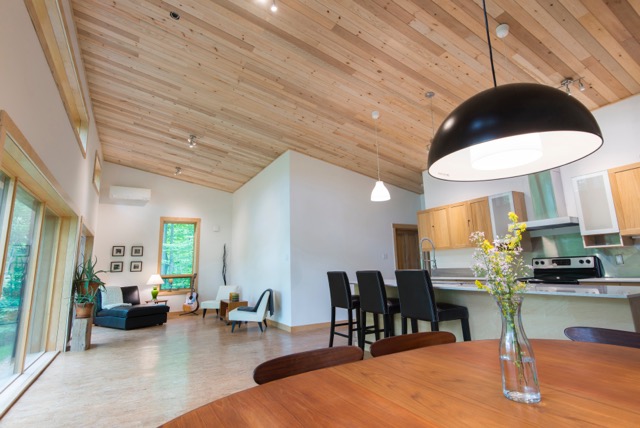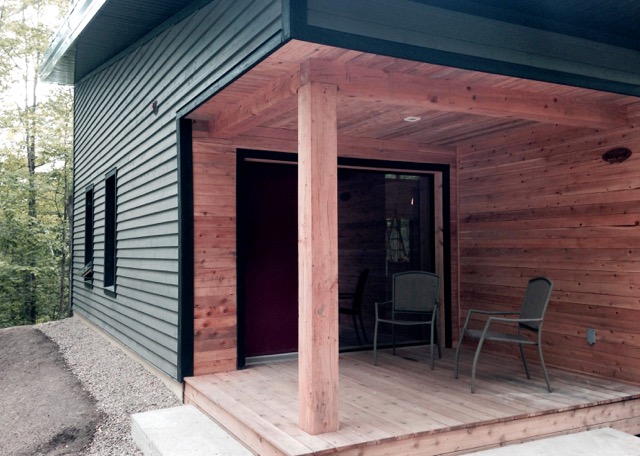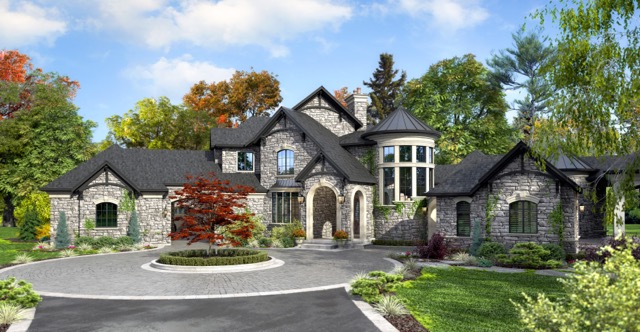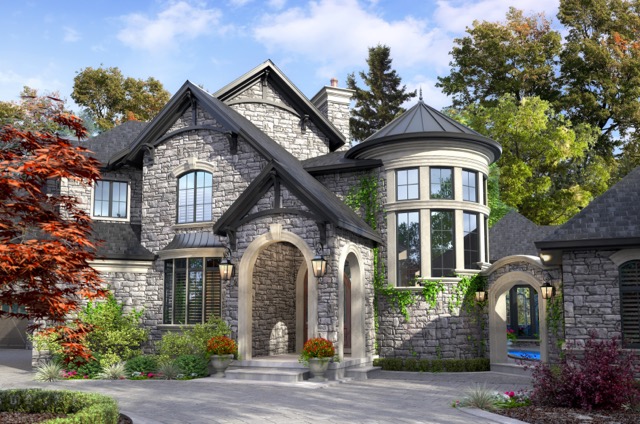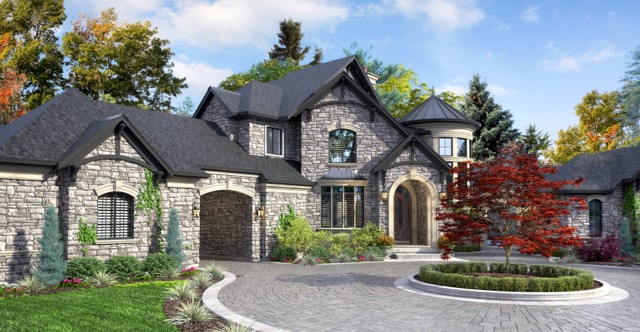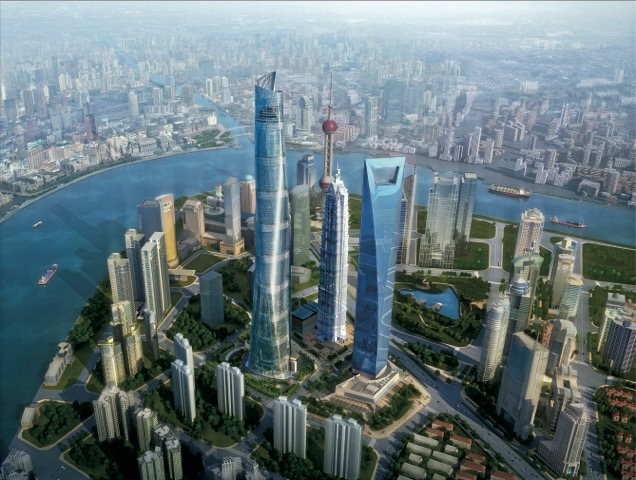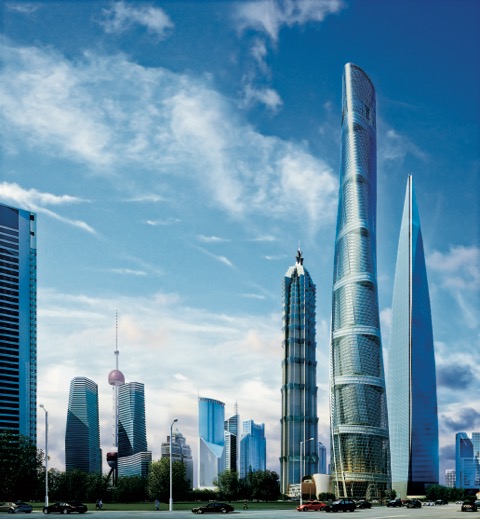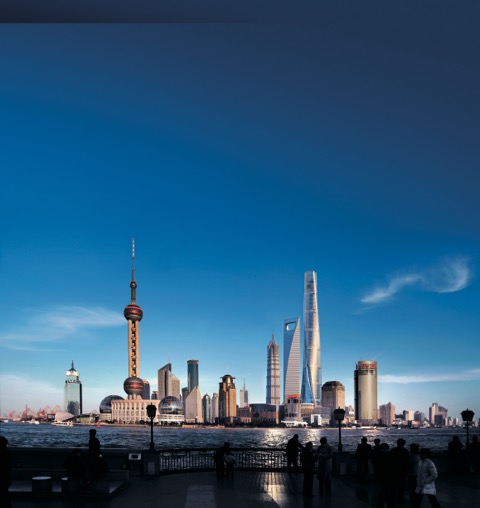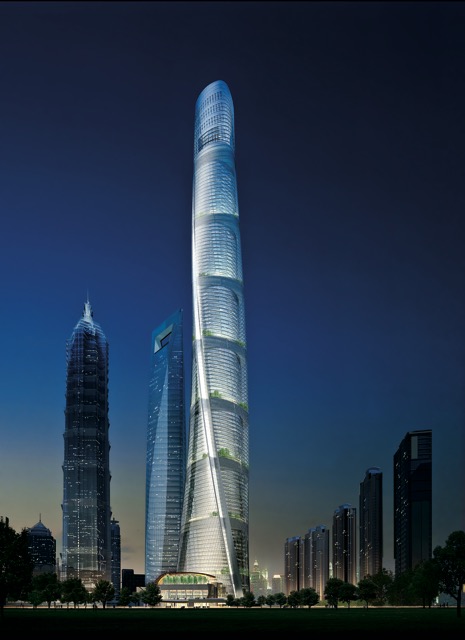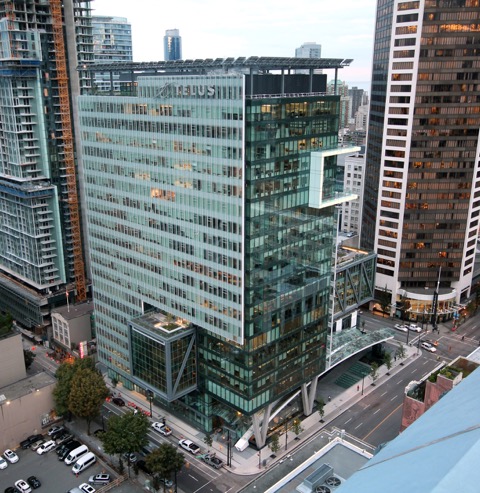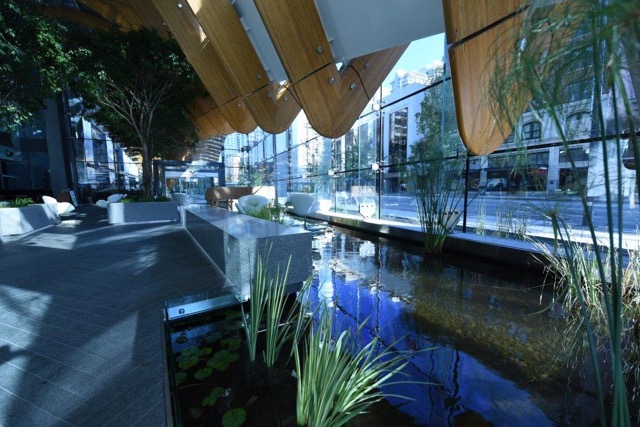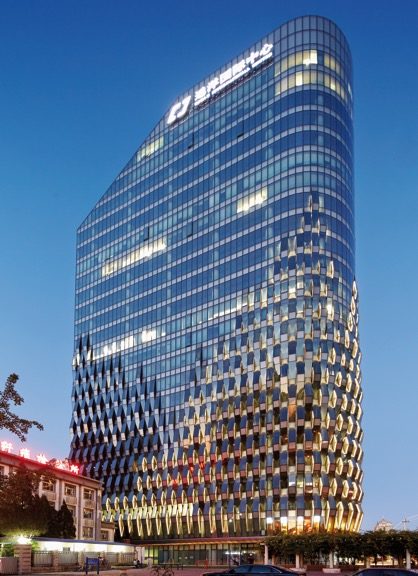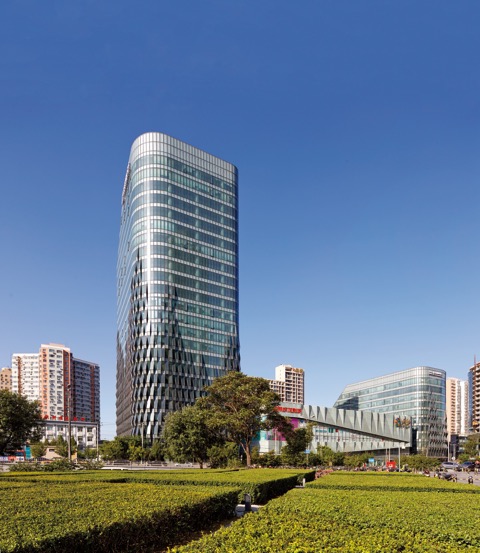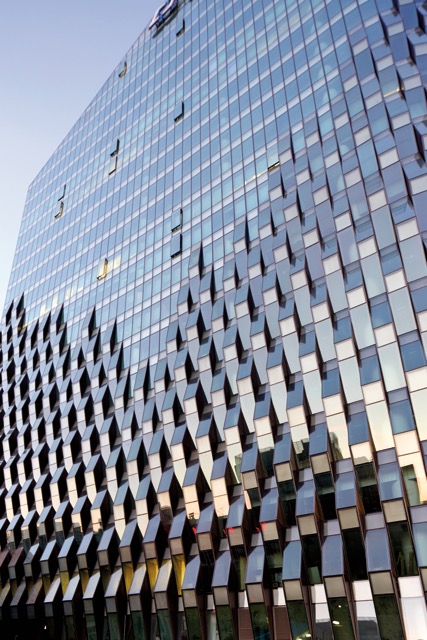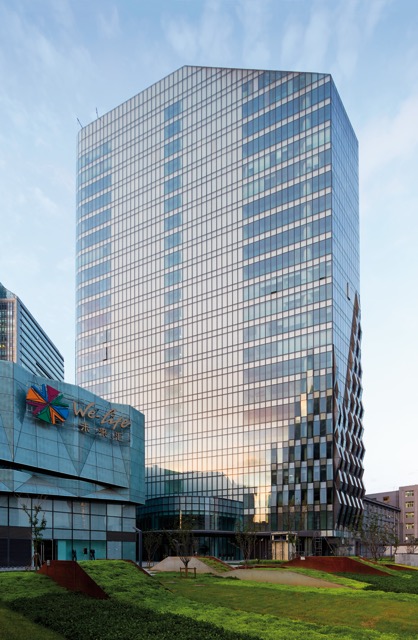Bel-Con Design-Builders made sure ‘more than the tractors are green’ at Clow Farm Equipment
Clow Farm Equipment celebrated its 50th anniversary in a big way thanks to a full-scale green makeover provided by Bel-Con Design-Builders.
The Kingston-area company, founded by Oakley Clow, left no stone unturned, either, building a brand new store situated on Highway 15 just north of Highway 401, equipped with a full complement of sustainable features.
“Oakley and his son Doug, were concerned about quality, fit and finish right from the start,” says Bel-Con president Tom Gunsinger. “ They’d seen a similar John Deere Dealership constructed by Rice Construction, the Butler Builder in St John New Brunswick. The Clow family Oakley, Shirley and Doug were all great to work with and a breath of fresh air with their commitment to constructing an efficient, comfortable, low maintenance building.”
(In “industry terms,” the facility in New Brunswick is referred to as a ‘Butler building.’ That means, to the layman, that a ‘Butler building’ utilizes the Butler Manufacturing building-solutions company for the design, manufacture, and marketing of metal building systems for commercial construction.)
Clow Farm Equipment was all in, as it turned out.
“The client appreciated Butler’s attention to details, right down to the trims,” says Gunsinger, whose Belleville-based company has been affiliated with Butler since 1978. “And, when they contacted us, they expressed their desire to have an energy-efficient and comfortable building. “
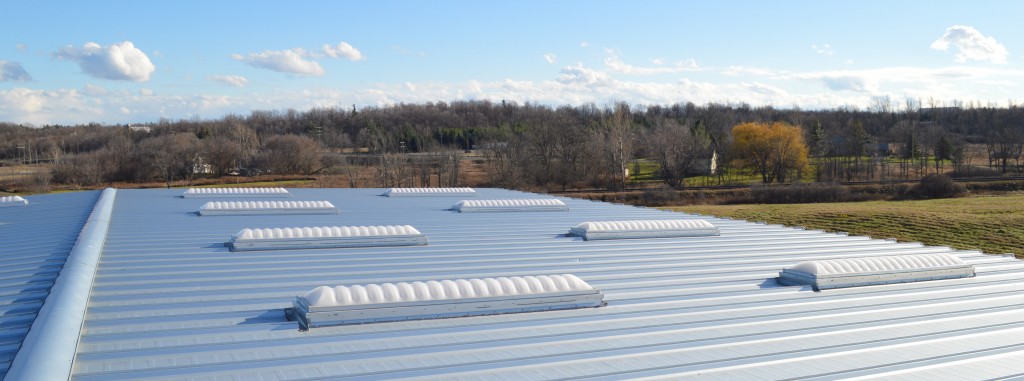
For starters, Bel-Con worked the following features into the new Clow Farm Equipment building:
- The wall system is Butler’s eShadowall panel with an accredited tested R-value of R21.1;
- The MR-24 roof system utilizes Butler’s Thermal Liner System (TLS-12) which has an accredited tested R-value of R38.7;
- And natural light was important as well, Butler’s SunLite Strips were used in the shop to provide daylight harvesting.
Gunsinger points out that the use of Butler’s systems provided other green building benefits, as well, including high recycled content of the entire structure, roof and wall systems.
“The client also had a desire to ensure comfort for their staff, so we incorporated radiant in-floor heat in the perimeter offices and showroom, as well as throughout the entire shop,” explains Gunsinger. “The mechanics, we were told, are often on the floor when servicing the equipment, so that keeps out the cold. We also included energy-efficient lighting systems, occupancy sensors and low-flow plumbing fixtures.”
Butler’s attention to building green hinges on the premise that “taking actions today so opportunities for future generations won’t be inhibited.’ They combine green technologies and practices with systems’ construction efficiencies to make sustainable buildings more affordable.
Some examples of how Butler Manufacturing is doing that, include:
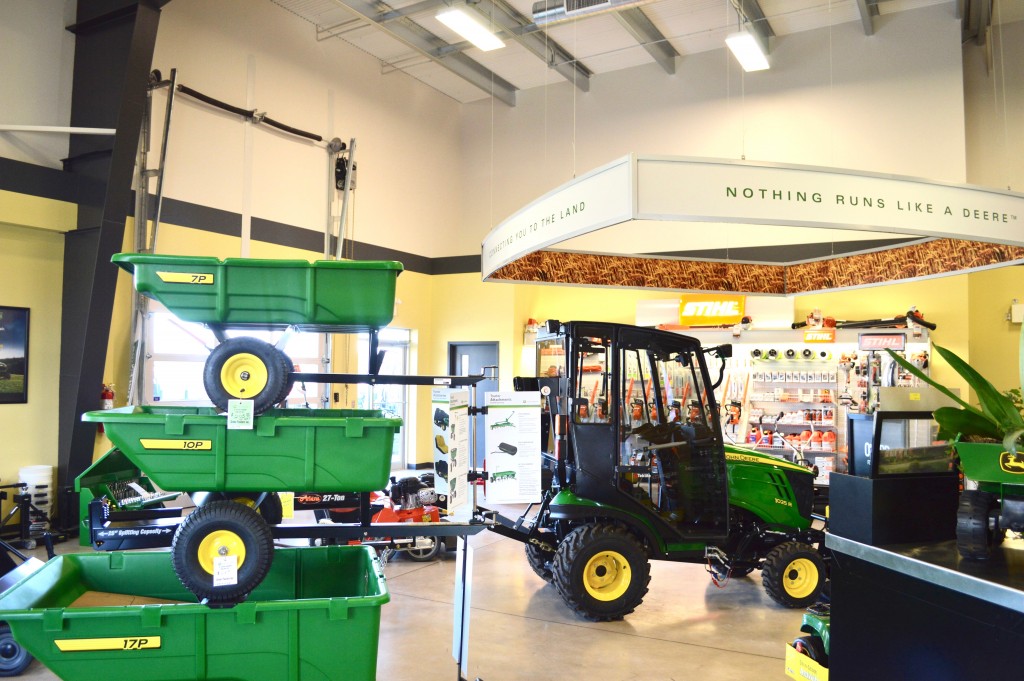
- Products that reduce material use. All Butler projects optimize the amount of steel used to meet exact design specifications;
- Salvaged/recycled products. Butler building systems contain up to 74 per cent recycled steel;
- Reusable or recyclable materials. Butler steel buildings can be disassembled, relocated and reused, making them adaptable to different end uses and extending their usable life;
- Butler buildings require minimal maintenance to last much longer than their intended warranties. The MR-24 roof system has a proven in-place performance of over 40 years.
Gunsinger says Bel-Con is definitely on the same page.
“Our focus is to encourage our clients to look at the total cost of ownership (TCO), as opposed to just the initial construction costs,” he explains. “Studies have shown that, on average, the construction cost only accounts for 10% of the TCO of a facility, with the other 90% spent on lighting, heating, cooling and maintenance.
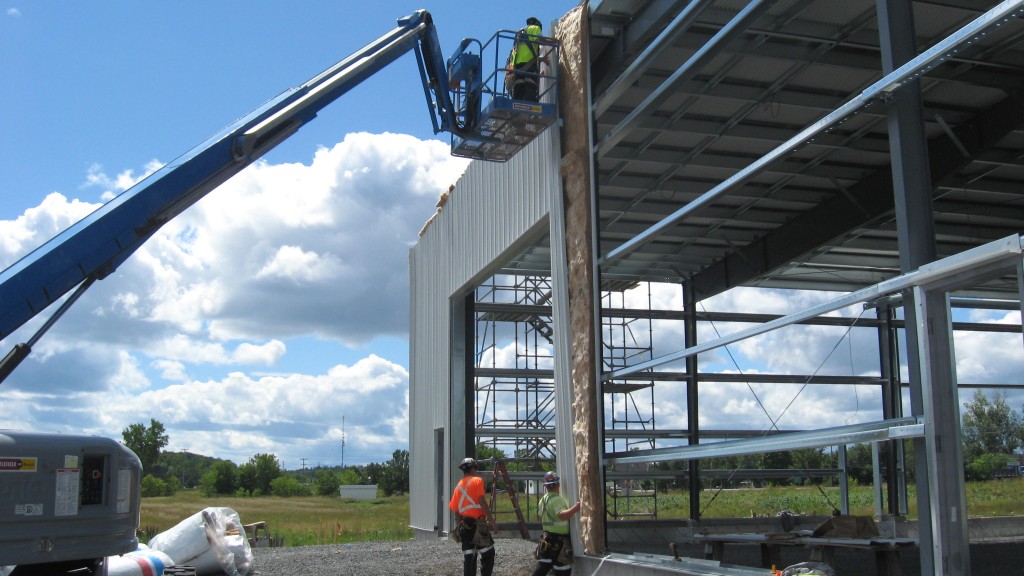
“By investing in high-efficiency and long-lasting systems the owner can realize significant savings over the life of the building. Another study shows that for every $1 invested in energy efficiency, there will typically be a savings of about $6 in total building operating costs. The roof system, itself, is very sustainable as its life expectancy is over 30 years. In fact, for another client, we recently replaced a metal roof that had been there for 47 years!”
Web / bel-con.com / greentractors.ca







